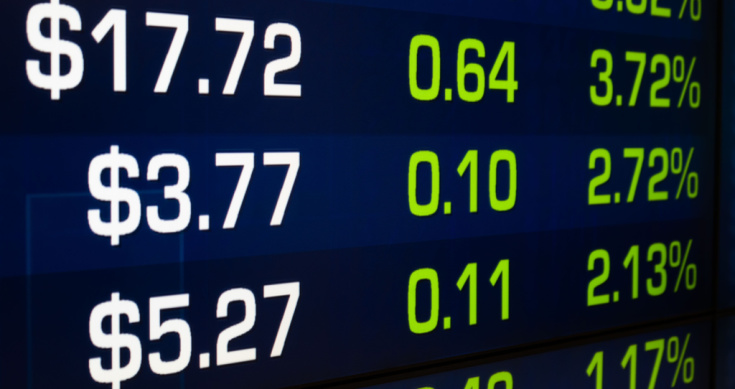Gearing is the act of borrowing money to buy something that “inflates” in value. The “inflation” of the asset is what we call “growth”.
So, said another way, gearing is an exercise of converting income into capital. The act of sacrificing income (rent, dividends) that will be used to pay for the interest, into hopefully capital growth.
The only reason one would do this is to increase the Rate of Return Expectations (RoRE) on their capital. Put another way, you gear to get a higher return on your money compared to not gearing. That’s it. I fear that too many people seek gearing and negative gearing specifically for the tax deductions.
Too many people also forget that gearing is not for everyone, it requires good investment timeframes, good household cash flow, good psychological temperament and patience to succeed. This all assumes that what you buy eventually “inflates” in value. Gearing increases risk and you should never forget that!
Understanding the different forms of debt, and how effective gearing can be when managed properly is an important first step towards wealth creation.
In Hamlet, Shakespeare has fussy old Polonius advise his young son Laertes, “Neither a borrower nor a lender be”. This could be good advice for an inexperienced young man leaving home to go to university in another city, but if we followed it, many of us would end up a lot poorer.
For a start, anyone who has ever put their savings into a bank fixed deposit or term investment is a lender – lending your money to the bank in return for the interest. And of course, most of us would never own our own home or an investment property unless we borrowed a substantial amount of money in the first place.
So, when is it good to borrow and when is it bad? There are basically three different kinds of borrowing, and it will pay you to understand the differences between them. I am going to go with Bad, Good, Best.
Bad Debt: is borrowing simply to spend, either on day-to-day things like clothes, or on things that lose value from the day you buy them, like washing machines. This is the typical credit card or home appliance finance debt, and it is the worst kind of borrowing. It is expensive, not tax deductible and supports lifestyle rather than building a capital base.
Good Debt: is when you borrow money to buy an appreciating asset, but are legally unable to claim any tax deduction on the interest you pay. Standard home mortgages fall into this category because home mortgage interest is not tax deductible. Over the lifetime of the mortgage, you will probably pay more than twice the value of the original loan in interest and because the interest is not deductible you should pay off your mortgage as soon as possible.
Best Debt: is borrowing that can actually fuel personal wealth creation when you borrow to buy an appreciating asset such as real estate or shares (income producing assets) and at the same time claim the interest as a tax deduction.
Long term gearing is a “nonlinear” transaction. What this means is that you should be paying interest on a falling loan balance while achieving a return on a rising capital value. The combined result of this means that the mathematics of gearing can be very counter intuitive.
Would you borrow $100,000 at 12% interest per annum (p.a.) for 25 years to invest that borrowed money at 7% p.a.? The immediate answer would probably be a loud NO!
How can you make money if you are borrowing it at 12% and investing it at 7%? An impossible feat? Well not really. The answer is going to surprise you.
At the end of 25 years, you would have paid back $315,974 – the original $100,000 you borrowed plus $215,974 in interest at 12%. However, if you had invested the $100,000 you borrowed at 7% compound for the same period of time, you would end up with $572,541 in your account. Deduct the $100,000 you borrowed and you are left with $472,541. (Though you may have to pay some tax on any capital gain).
Now please do NOT do this at home!
Do NOT go and borrow at 12% to invest at 7%, that is not the point of the maths, it is just to explain the “shape” of what is meant by a “nonlinear” transaction. If you are going to borrow to invest, obviously always try to keep the cost of interest as low as possible.
So in conclusion, to answer a Shakespearean question “To gear or not to gear”, like most good questions the answer is “It depends”.








